Optimal Timing for Indoor Air Quality Testing
Indoor air quality testing can identify pollutants and allergens that impact health and comfort. Timing is crucial to ensure accurate results and effective remediation. Understanding seasonal and operational factors helps determine optimal testing periods.
Testing during seasonal changes, such as winter or summer, captures fluctuations in indoor pollutants caused by heating or cooling systems.
Conduct testing after construction activities to assess the impact of new materials and ensure indoor air quality standards are met.
Testing prior to occupancy helps identify potential issues from previous use or building materials, ensuring a healthy environment from the start.
Assessing air quality during peak use provides insights into pollution levels from daily activities and occupancy-related sources.
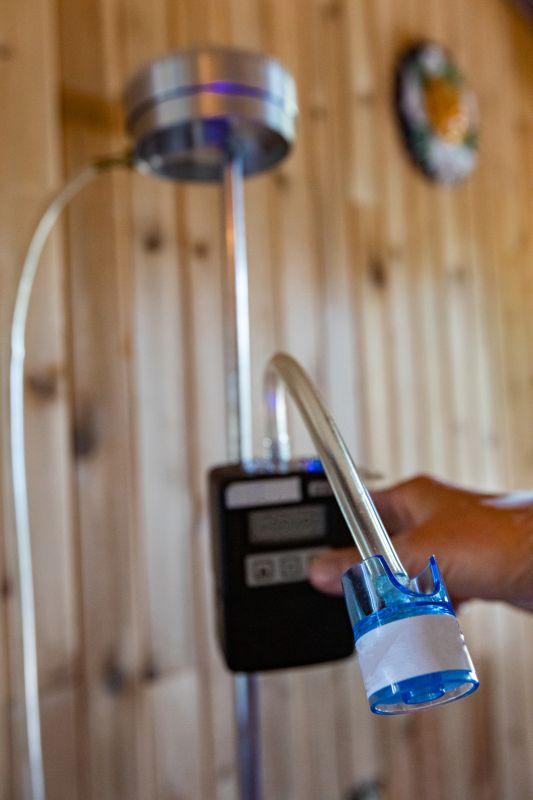
Advanced devices used for precise detection of pollutants.
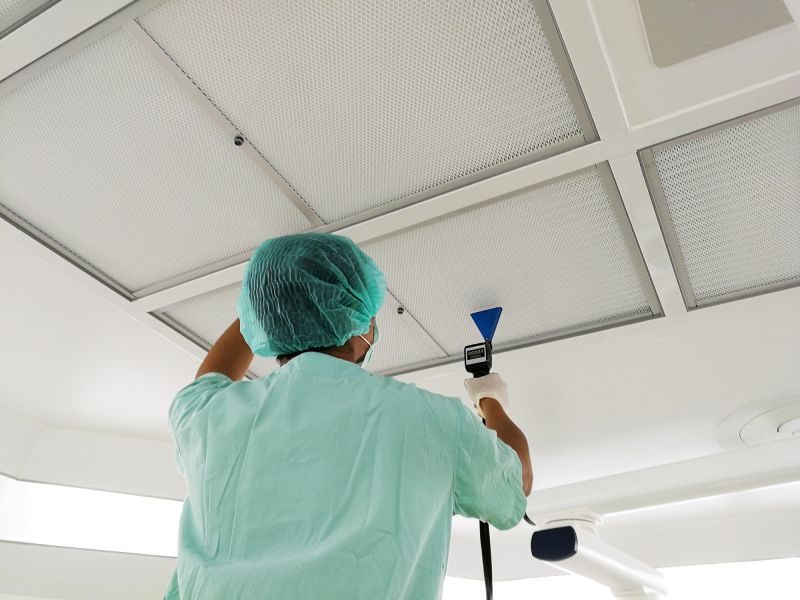
Collecting air samples for laboratory analysis.

Preparing the space for accurate testing results.
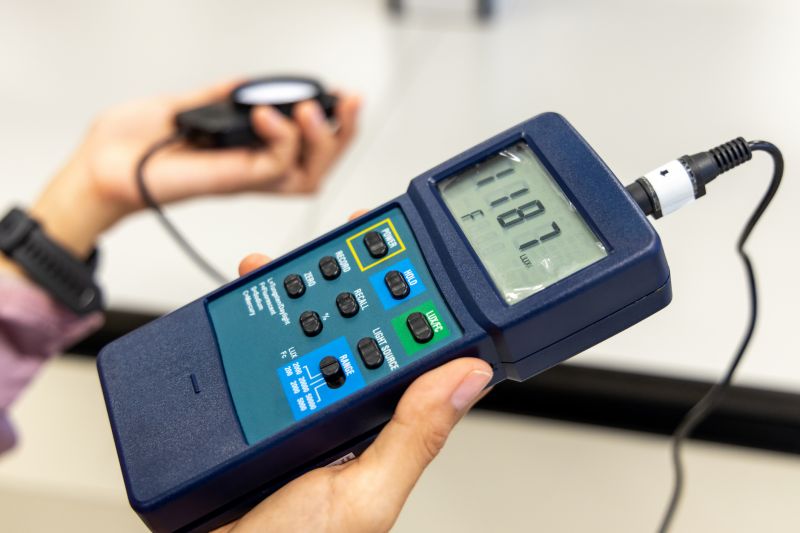
Continuous monitoring tools for ongoing assessment.
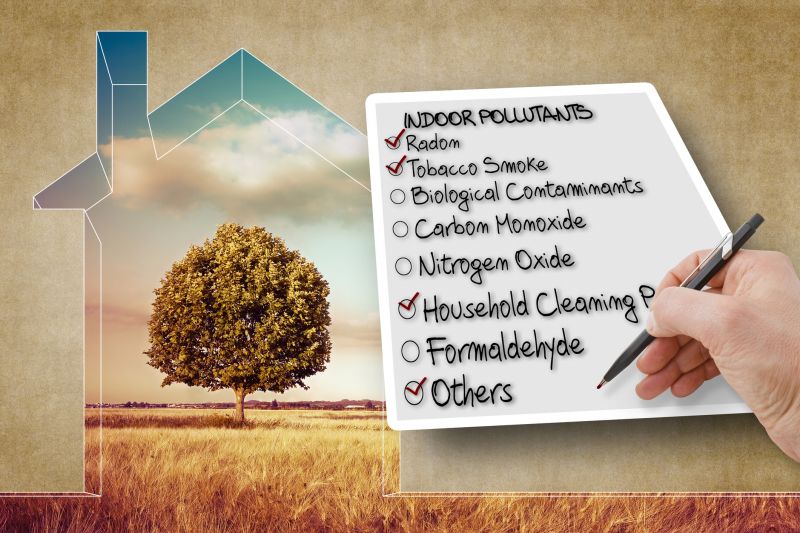
Processing samples to identify pollutant levels.

Analyzing results to determine air quality status.
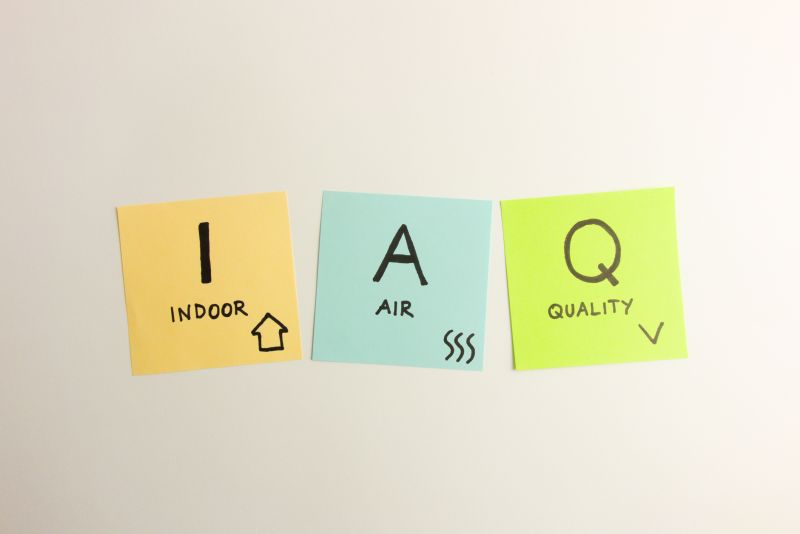
Using test results to guide improvements.
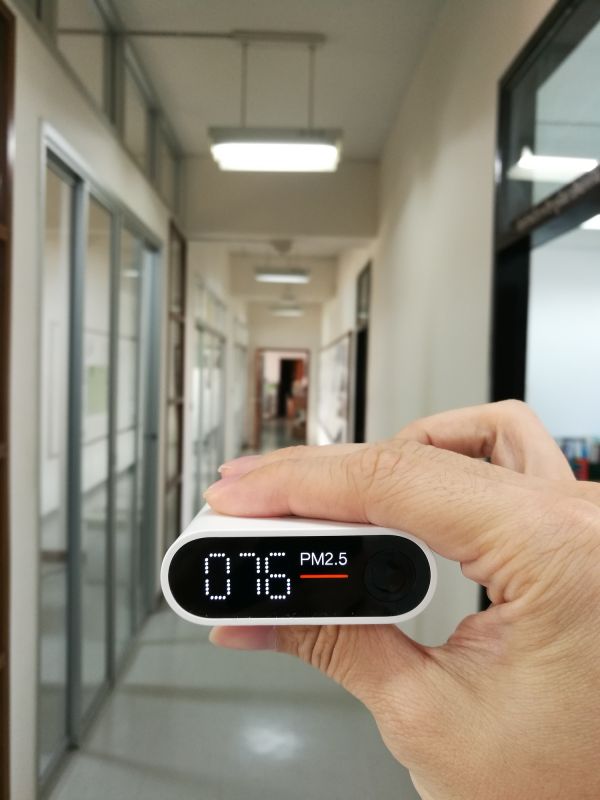
Achieving optimal air quality for occupants.
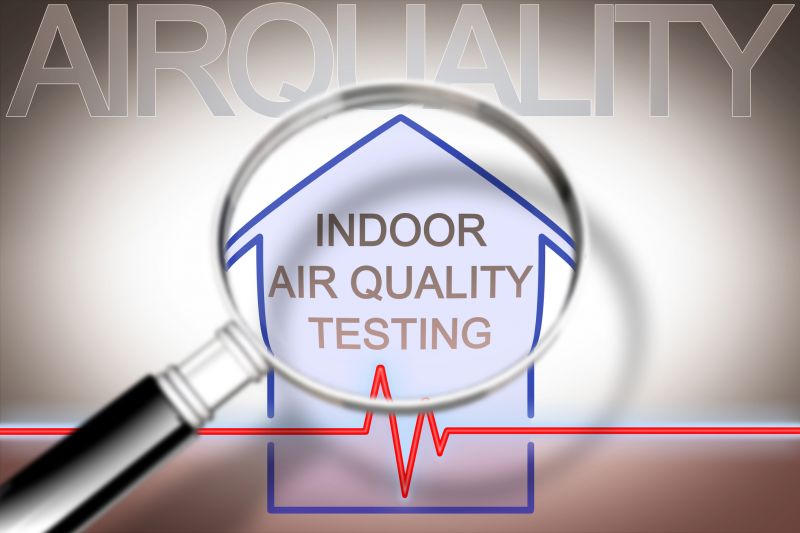
Technicians performing air sampling in various settings.
| Timing Consideration | Rationale |
|---|---|
| Seasonal Changes | Captures pollutant fluctuations caused by heating or cooling. |
| Post-Construction | Assesses impact of building materials and renovations. |
| Pre-Occupancy | Ensures a healthy environment before use. |
| High Occupancy Periods | Identifies pollution from daily activities. |
| Persistent Symptoms | Locates sources of indoor pollutants. |
| Scheduled Intervals | Maintains ongoing air quality standards. |
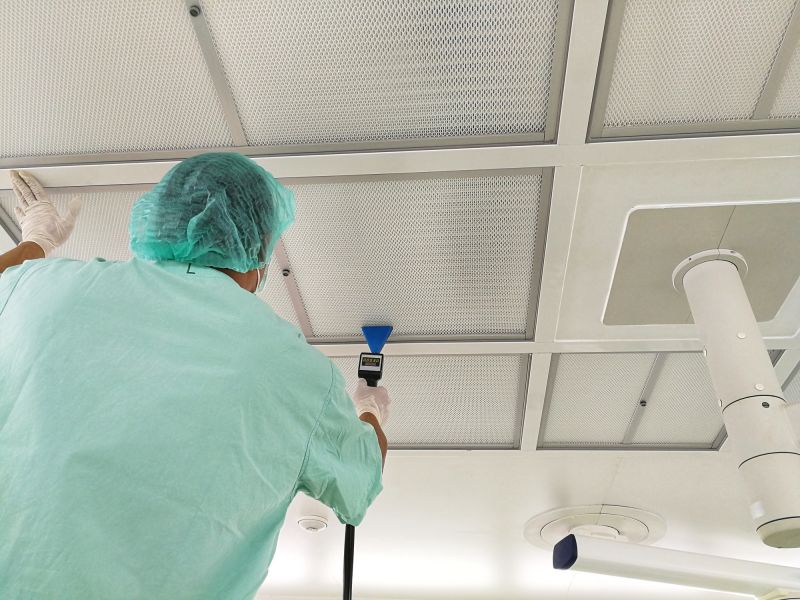
Laboratory analyzing collected samples.
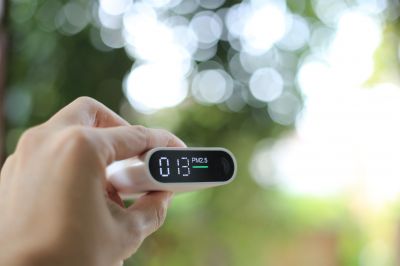
Technician collecting air samples.
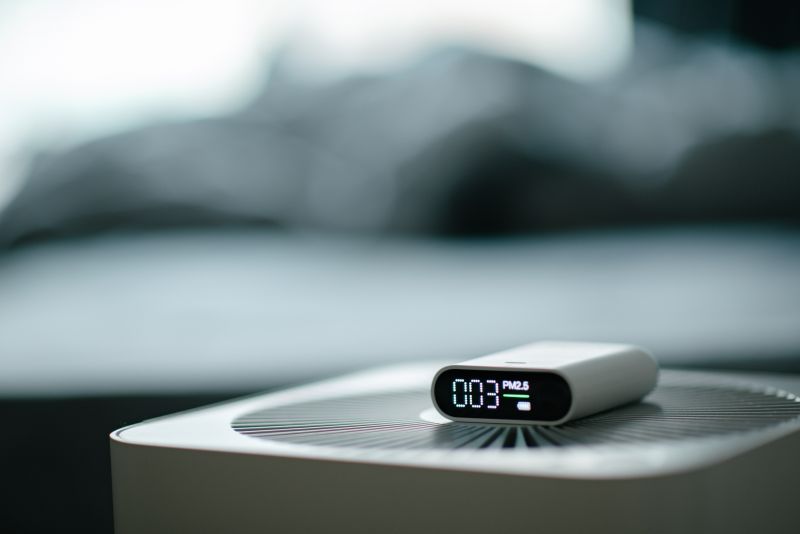
Detailed analysis of test results.

Clean and safe indoor environment.

Ways to make Indoor Air Quality Testings work in tight or awkward layouts.

Popular materials for Indoor Air Quality Testings and why they hold up over time.
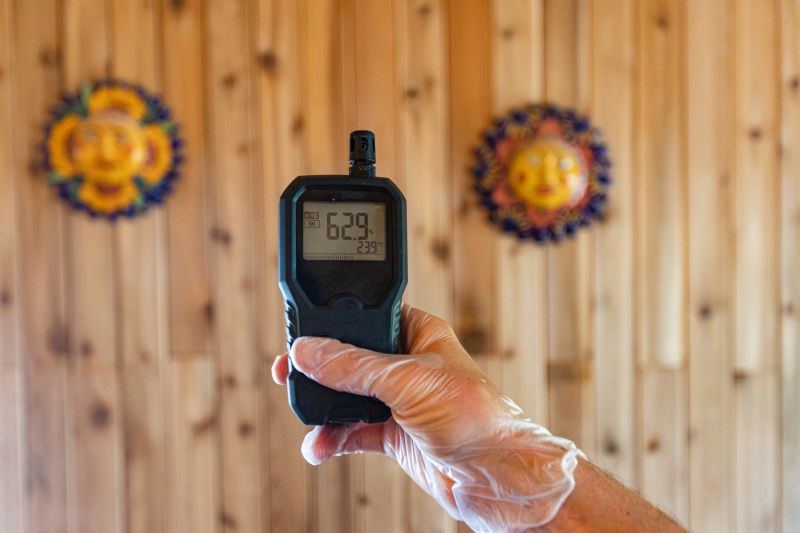
Simple add-ons that improve Indoor Air Quality Testings without blowing the budget.

High-end options that actually feel worth it for Indoor Air Quality Testings.
Indoor air quality testing provides valuable insights into pollutant levels and sources within enclosed spaces. Proper timing ensures comprehensive assessment, facilitating targeted improvements. Regular testing can help maintain a safe and healthy indoor environment, especially during periods of significant change or occupancy.
Interested in indoor air quality testing? Filling out the contact form can provide more information and help schedule assessments to ensure a healthy indoor environment.
